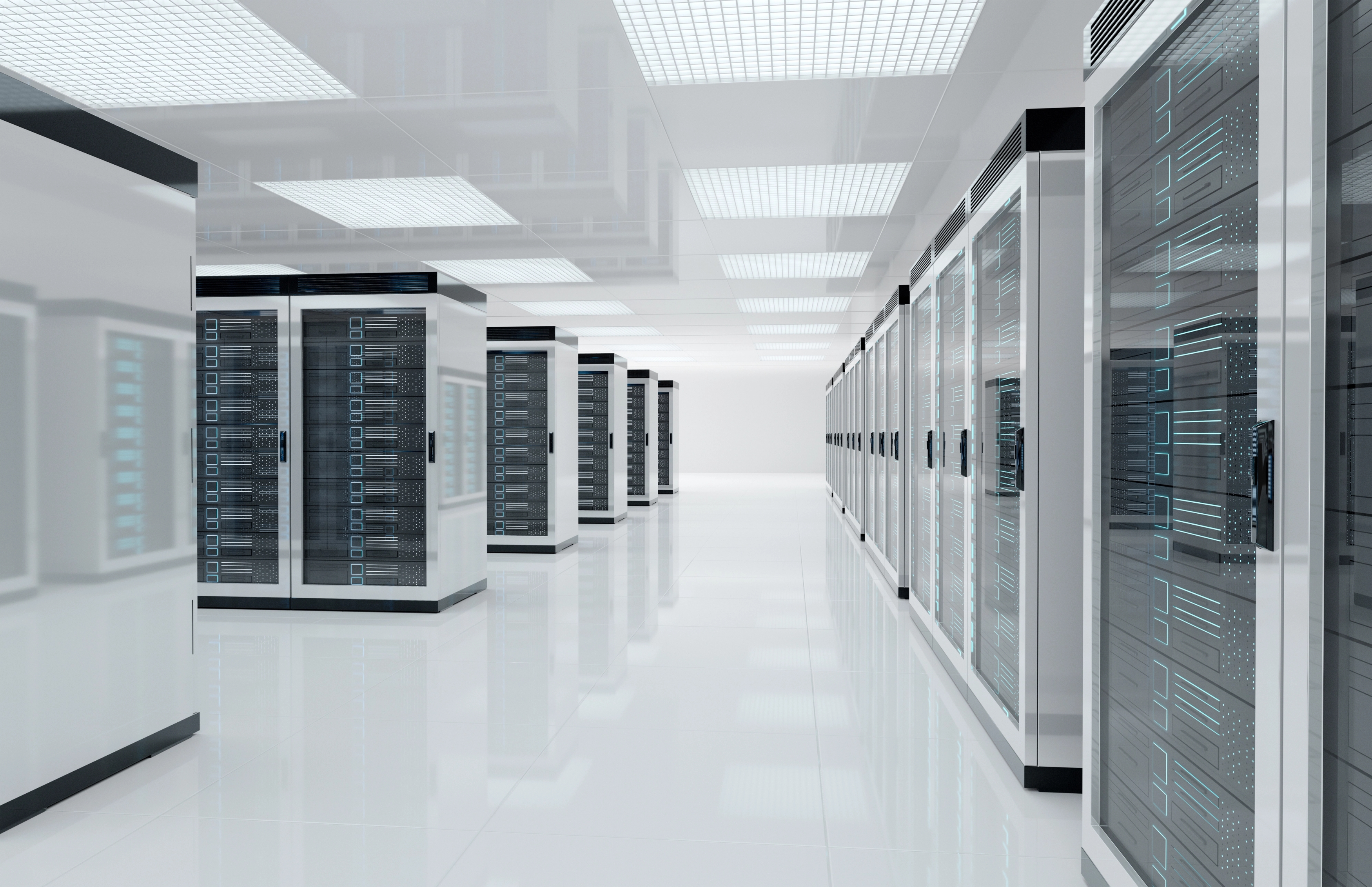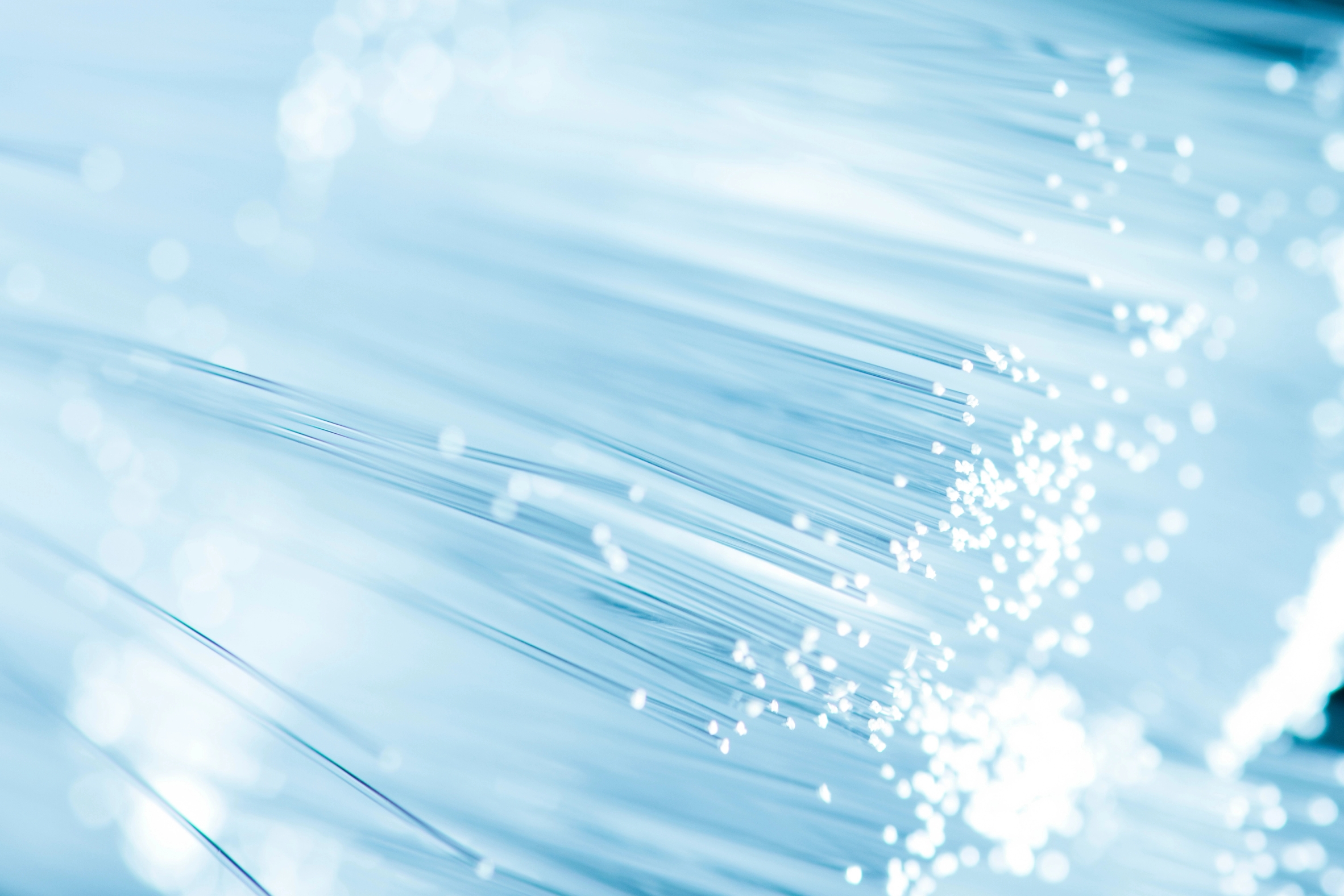
Optical Fiber
Fiber optic cables have ushered in a new era of data transfer and connectivity
One ton of Spruce Pine quartz goes into approximately 38,000 kilometers of fiber optic cable, and we are proud to play a pivotal role in the information age.

Communication innovation
By replacing copper cables as the material of choice in telecommunications, data centers, video and broadcasting, and scientific applications, fiber optic cables have facilitated the introduction and adoption of innovations across a host of sectors. More rapid communications are not the only benefit of fiber optics. These glass fibers also offer significant environmental advantages compared to copper. Their lifecycle is essentially infinite and upgrades to the optics can be performed without having to modify the cable itself, limiting the strain on natural resources.

How light waves travel
Quartz fibers used for fiber optic cables are flexible, transparent strands of pure silica glass. Not much thicker than a human hair, they are capable of transmitting light signals across great distances. Each individual strand is composed of two layers: a transparent cladding that exploits the lower refractive index of high purity quartz to allow light waves to travel efficiently through the pure synthetic quartz at its core.